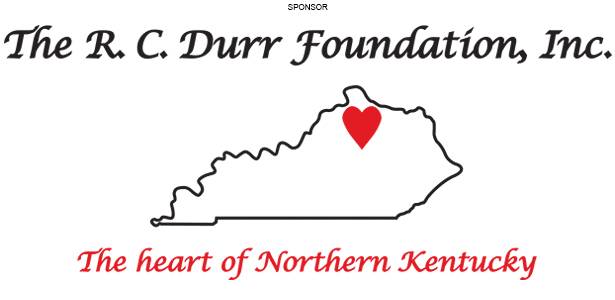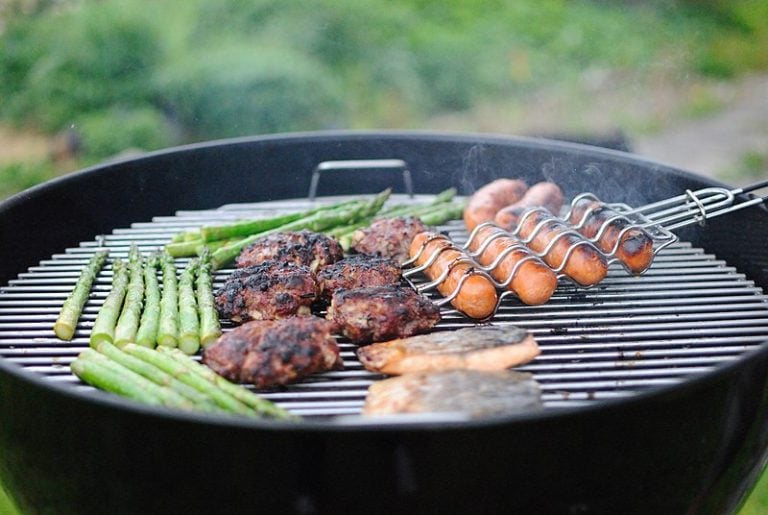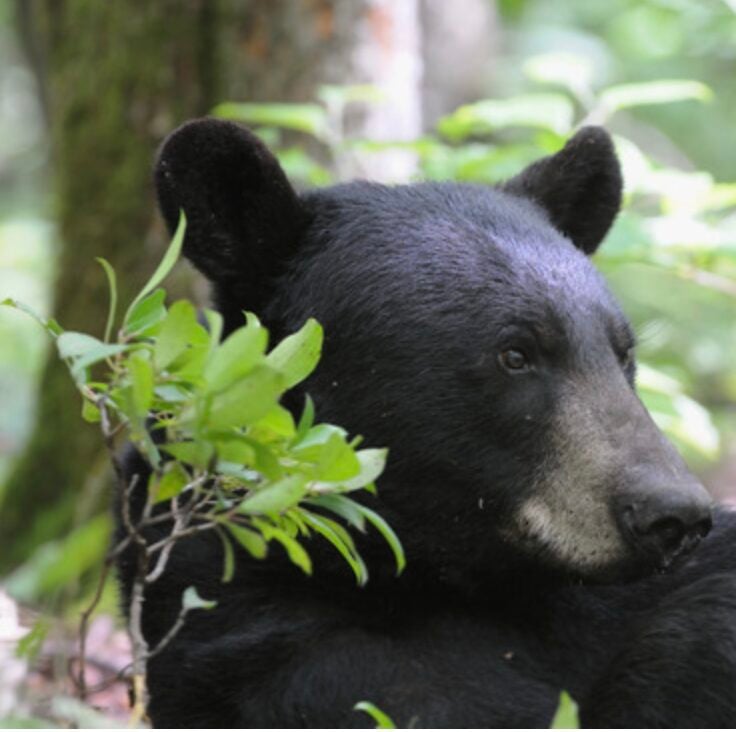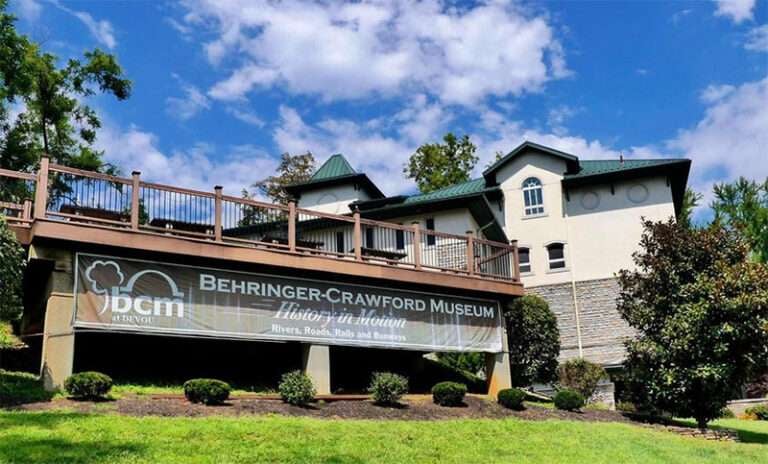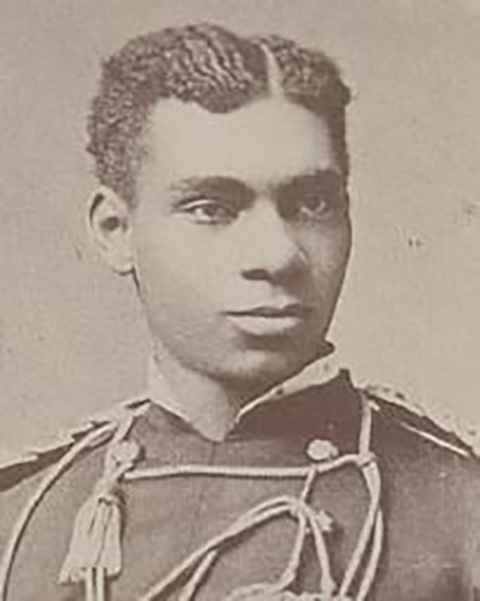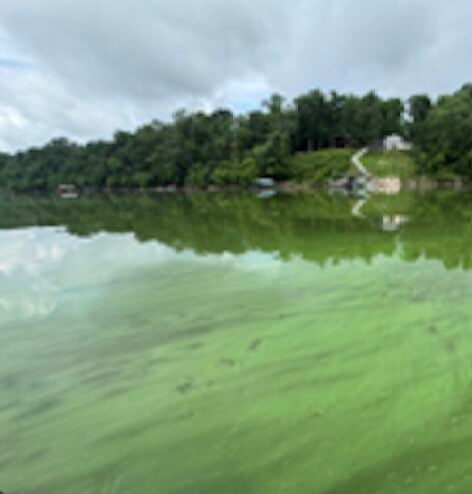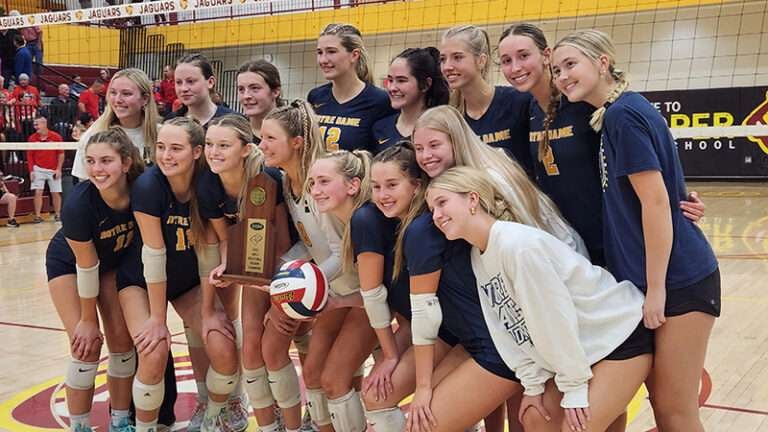Mention crappie in conversation and there’s always the assumption that the discussion will be about spring fishing. That’s because the crappie spawn in April offers the best fishing of the year, but the autumn cool down can produce some excellent catches, too.
There are several good arguments for crappie fishing in the fall. A slow decline of water temperatures sends a signal that it’s time to feed up in advance of winter, so crappie are more active. With hunting season in full swing and most pleasure boaters finished for the year, there’s less boat traffic.
From late September to late November crappie are in transition — moving from deep-water channels to brush and weed beds on flats, and eventually into the shoreline shallows. Their activity picks up as the hours of daylight shorten and water temperatures decline.

A good way to find active crappie in the fall is to start fishing deep and work your way up shallower. Casting jigs on spinning tackle enables anglers to cover a lot of water in a relatively short time.
Cast out your jig and let it fall, stair-stepping it down the ledge of a channel or slope of the bank, hopping it over, around and through cover (brush, stumps and weed beds).
In major reservoirs, late summer/early fall crappie are typically suspended over deeper water and are scattered. They come up shallower (on the ledge top) to feed around the brush. During the heat of the day they go back out into deeper water.
In Kentucky Lake, the black crappie is the predominate crappie species. In small lakes that have crappie, and other major reservoirs in Kentucky with clear water and aquatic vegetation, the black crappie is abundant.
Black crappie tend to be spooky. You can’t pull the boat right on top of them, you have to back off and cast. Black crappie often can be found on isolated cover, such as a single stump, a small brush pile or weed bed, on the edge of a flat.
Fishing improves as fall progresses, with the best fishing usually when water temperatures fall below 60 degrees. If there is adequate cover, crappie will come up in the shoreline shallows, just prior to the onset of winter.
Rods, Reels and Jigs
Spinning tackle is ideal for this type of crappie fishing. Hair jigs, tied with acrylic blends, or Roadrunner jigs, which have tiny spinners, work best in the most situations. Two of the most popular weights are 1/16 or 3/32-ounce. A 6-foot to 7-foot spinning rod, with medium action, is preferred. Reels should be spooled in 4 to 6-pound line.
Public Fishing Lakes/Streams in Central and Eastern Kentucky
The 2015 Fishing Forecast, published by the Kentucky Department of Fish and Wildlife Resources, provides the most up-to-date information on the status of fish populations. Visit this link to view it.
Here are five lakes/streams in Central and Eastern Kentucky, with good to excellent crappie fishing opportunities:
Buckhorn Lake: This 1,250-acre lake near Hazard has a crappie fishery rated good, with most larger fish from 10 to 13 inches in length. Fish shallow mud flats adjacent to main lake channel during the late September/early October drawdown to winter pool. There are also lots of shallow coves off the main channel, some with weed beds.
Cave Run Lake: This 8,270-acre lake near Morehead, best known for muskie fishing, has a crappie population rated excellent. In recent years anglers have been experiencing outstanding fishing. The lake has good numbers of older fish and lots of cover to fish. In the fall, fish timbered coves, old river banks, and scattered weed beds in the upper lake.
Lake Cumberland: This 50,250-acre lake in southcentral Kentucky, has a crappie fishery rated excellent. Biologists report the best size range in many years, with large crappie in the 12 to 14-inch size range fairly abundant. Fish the willows and sycamore trees in major tributaries that grew up while the lake was drawn down, and are now flooded.
Herrington Lake: This 2,500-acre lake, near Harrodsburg, has a crappie fishery rated good. Crappie are difficult to locate in this deep, rocky lake, but there are many quality-size fish (9 inches or larger) available. Fish around floating debris in coves in the lower lake for big black crappie, and brush or fallen trees in upper half of lake for numbers of fish.
Ohio River: This major river that forms the state’s north boundary, has a crappie fishery rated good to excellent. Fish the backwater areas and creeks around brush, downed trees and weed beds. Surprisingly high quality of crappie are caught by anglers when water conditions are ideal.
Don’t miss out on one of the most overlooked fishing opportunities of the year. Crappie are fun to catch on light tackle and fried crappie filets are outstanding table fare, when served with french fries, hush puppies and cole slaw.
Art Lander Jr. is outdoors editor for KyForward. He is a native Kentuckian, a graduate of Western Kentucky University and a life-long hunter, angler, gardener and nature enthusiast. He has worked as a newspaper columnist, magazine journalist and author and is a former staff writer for Kentucky Afield Magazine, editor of the annual Kentucky Hunting & Trapping Guide and Kentucky Spring Hunting Guide, and co-writer of the Kentucky Afield Outdoors newspaper column.



